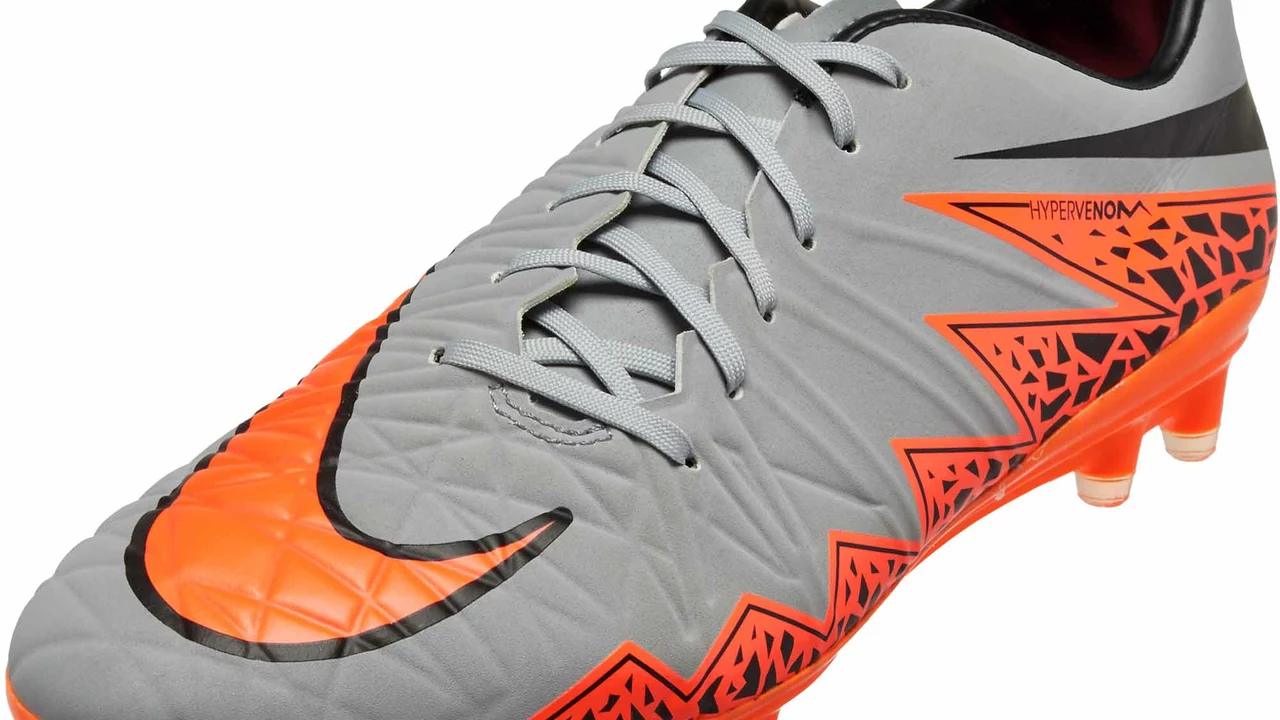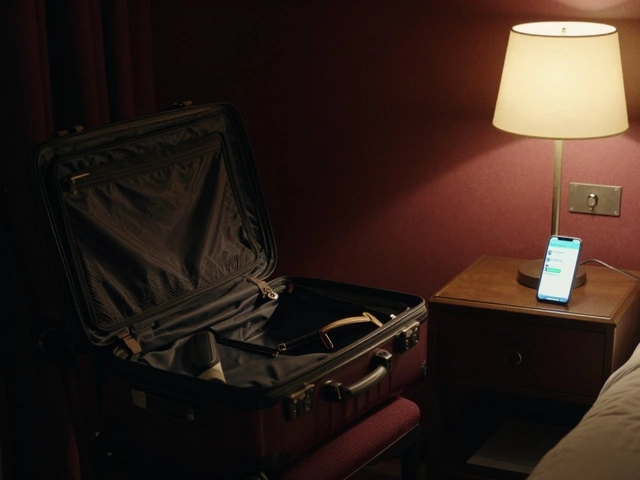Durability Tips for Soccer Gear – Keep Your Equipment Game‑Ready
When your boots are still solid after months of training, you know you’re doing something right. Durability isn’t just a buzzword; it’s the difference between a reliable match and a last‑minute equipment scramble. Below you’ll find straight‑forward ways to make your cleats, balls, and other gear last longer without fancy tricks.
Why Durability Matters on the Pitch
Every time you sprint, cut, or tackle, your gear takes a hit. A worn‑out pair of cleats can slip on a wet patch, and a cracked ball won’t roll true. That affects performance, confidence, and even safety. Coaches and players alike notice when equipment fails – it can cost a goal or an injury. Investing a little effort in care means you spend less on replacements and get more out of each purchase.
Simple Care Hacks for Your Gear
1. Clean after every session. Mud and sweat break down leather and synthetic materials. Rinse your boots with lukewarm water, scrub with a soft brush, and let them air‑dry away from direct heat. For synthetic cleats, a quick wipe with a damp cloth works fine.
2. Stretch smartly. Tight boots cause pressure spots that crack the upper. Soak your cleats in hot (not scalding) water for 10‑15 minutes, then use a shoe stretcher or a thick sock and wear them around the house for a few hours. This expands the toe box and keeps the material supple.
3. Store properly. Don’t just toss gear in a gym bag. Keep cleats in a breathable shoe bag or a cardboard box with a paper towel to absorb moisture. Store balls upright in a cool, dry place – extreme temperatures warp the bladder and affect bounce.
4. Rotate your equipment. Using the same pair of boots every match speeds up wear. Have at least two pairs, alternating them each game. The same goes for training balls – swap out the one you use most often with a backup.5. Check laces and studs. Frayed laces snap mid‑play, and worn studs slip on firm ground. Replace laces as soon as they show signs of fraying. For studs, inspect after each game; replace those that are rounded or broken. A quick swap can save a lot of hassle.
6. Protect leather with conditioner. If you own leather boots, apply a thin layer of leather conditioner every few weeks. It restores oils, prevents cracks, and keeps the leather breathable.
These steps take a few minutes but add up to months of extra life for your gear. Think of it as regular maintenance for a car – you wouldn’t skip oil changes, right?
By staying on top of cleaning, proper storage, and periodic checks, you’ll notice fewer emergencies and more reliable performance. Your teammates will thank you when you bring a set of clean, well‑fitted boots to every training session.
Remember, durability isn’t about buying the most expensive items; it’s about treating what you have with respect. Keep these habits in mind, and you’ll get the most out of every pair of cleats, every ball, and every piece of equipment you own.
Do Nike hypervenom soccer cleats last long?
Well, lace up your boots and get ready for this, my soccer-loving friends! We're about to kick into the topic of Nike Hypervenom soccer cleats and their durability. From my experience, these bad boys are more durable than my New Year's resolution to quit eating pizza - trust me, that says a lot! They've been through mud, rain, and countless matches and still look sharp enough to impress on a first date. So, to nutshell the answer, yes, these Hypervenoms are like the Energizer bunny of soccer cleats - they keep going and going!



